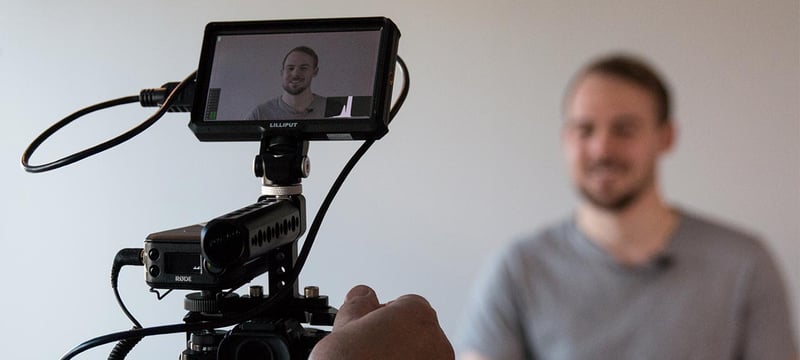Virtual events solutions
Are you planning webinars where you present a specific topic, or virtual events such as conferences, product launches or large networking events? Then we have the right solutions for you.
Virtual event
Regardless of the size of your virtual event, together, we create a personalised and frictionless attendee experience. We help you with everything from the programme, event platform, invitations, to producing the content.
Deliverables
- Identifying the needs for your virtual event
- Design and develop the event platform
- Recording video sessions
- Attendee communication (promotion, invitation, live Q&A, follow-up surveys)
- On-site crew
- Moderation
- Analytics
Webinar
Together, we create a personalised webinar. We help you with everything from the programme, invitations, to the follow-up. We help you with arranging webinars on all common platforms, and offer full-service support.
Deliverables
- Identifying the needs for your webinar
- Recording video sessions
- Attendee communication (promotion, invitation, live Q&A, follow-up surveys)
- Moderation
- Analytics




